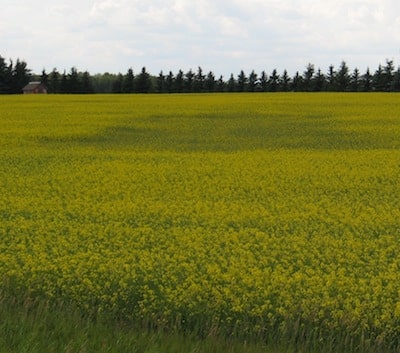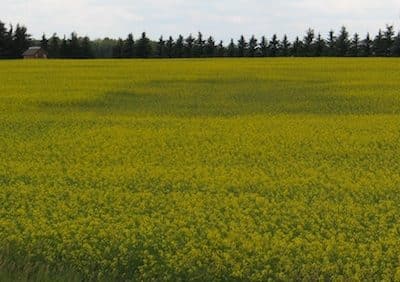
The CCC agronomy team asked Mario Tenuta, the University of Manitoba’s Canada research chair in applied soil ecology, if continuous canola can actually create a canola-friendly soil environment.
His answer:
“There are several examples where continuous cropping of other crops have created a soil microbial population that can keep down soil-borne diseases. Can the same happen with canola? Likely. However, this benefit cannot compensate for the significant yield loss associated with continuous cropping.
“Studies in these other crops suggest that for the first few years, canola growers may not see any major disease problems from continuous canola, but as disease builds up, yields will drop to 30% or even 20% of normal over a five to 10 year period. After that, productivity starts to spring back up — though reaching only 60% or 70% of expected yields — as the population of biocontrol organisms builds up to consume disease organisms in soil.
“Research studies demonstrating this phenomenon include:
—In the Pacific Northwest, Pseudomonad bacteria built up over time to reduce the take-all fungus on wheat roots.
—In Wisconsin, scab related bacteria built up over time to suppress common scab of potato.
—In California, fusarium and other fungi suppressed sugar beet nematode.
—In Switzerland, Pseudomonads suppressed black root rot of tobacco.
However, all of these were research studies, not on-farm experiences. Growers would have gone out of business long before making any of these discoveries.”
Tenuta’s comments generated further discussion:
Research from AAFC, including the Peace River region of Alberta where continuous canola tends to be more common, suggests a 20% yield drag for canola on canola stubble verses canola on any other crop stubble. Growers may knowingly accept this if economics and logistics still favour canola, even with a yield loss.
Some growers in some regions may be able to get away with continuous cropping of canola for some time, Tenuta says, because the Canadian Prairies are on the fringe of a large agricultural area, we’re not bringing in transplants, we have one crop per year and we have long cold winters. It’s our “Prairie advantage,” he says, “but that advantage is lost with continuous cropping.”
A well planned crop rotation makes management of each crop a bit simpler and reduces overall production risk. Continuous cropping of any crop generally encourages disease and insect issues that become costly to manage or result in crop failure if monitored poorly.
2015 is International Year of Soils. Join the Twitter conversation at #IYS2015.

